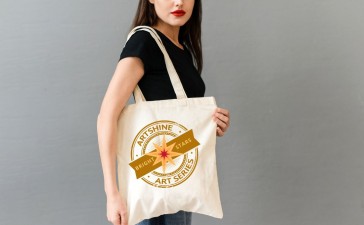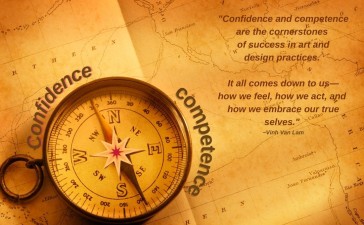Design companies are receiving more business than ever and it’s because small businesses want to look just as if not more professional than their larger competition. Even design studios have improved since the early 2000s. High-rise buildings that used to be filled with corporate workers are now also being filled with talented artists and designers of all kinds. It’s a great time to be an artist with so many options at your disposal for business projects. Even better then to own your own business during this time and offer your services out to various companies around the world. But what would you do if you were contracted by a company to be their official design company? They would be using your services for their logo design, corporate and commercial branding, and designing their products in future using 3D design software. Just because you’re not of the corporate side doesn’t mean you can behave like it when it comes to contract agreements. How should you go about designing and fulfilling your obligations with another business?
A feel out meeting
Joint meetings are common when design companies have been contracted out to create aesthetics for a business. For example if might be that a company is rebranding and wants a new design for how their products look. The design studio that they contract will come in and engage in a joint meeting. This is to feel out what kind of business ethos they have, the kind of values they cherish and what kind of image they want to portray to their customers. In these first couple of meetings face to face, you’ll learn a lot. Firstly you’ll understand the mentality of the people you’re working with and hopefully learn about their creative desires. When you have a solid idea of the kind of company motivation they have, what their goals are for their products, you’ll be able to go off and design more accurately to their demands.
A lot of mocking
When you have a firm idea of what you’re being contracted to create, then you will be in the mock up stage. Here you will be making draft versions of the kinds of things they want. For example if they are looking for a new logo but have given you their prefered color scheme and font, you will make many different versions of something within these parameters. Obviously you will be designing with the mindframe that you want to express key features or attitudes of the business itself. After you have your mock ups done, then you’ll be showing them to your client either online or in person. Progress reports are a big deal because they are there to keep people informed and showing ideas come to life. You never know after looking at the mock ups, the client might actually want something changed. If something like this is caught early on, it will save you a lot of time and money.
The fitting day
When the designs have all been agreed upon, next will come the day that you will be fitting them onto products. To have this done, you will need to work with your client and their manufacturer. You’ll be travelling down to the manufacturing facility to work with them is going to be part and parcel of your obligation. Bring all your own equipment from which you can produce the designs, such as laptops and high performance tablets. You will then transfer files to the manufacturer who will be printing them onto the product.
For example when Pepsi did their redesign, they would bring their designs to the manufacturing plant and see with their own eyes where the white part of their logo was, and where their name was on the cans and bottles. Usually the designs will be flat in a software and other times there will be 3D models of the products with the designs on them. But nothing is like seeing the real thing in person, which is why travelling down to the manufacturing plant with your client is essential.
With bounds of reason
Just because your create designs for companies doesn’t mean they have creative license over them. In simpler terms this means that your artwork is not free to be altered in future or owned by the company once you relinquish it. They will have the trademark rights to their logo but the design is still your intellectual property. Essentially this means exclusivity is automatically in place and if a company wishes to update their design, they will need to contact you and work out a deal if they want to expand on the same design rather than make their own. For this to happen you need a corporate contract which can be authenticated by the national laws of your country. Getting the attestation of documents is not difficult, as you merely need to upload your documents with the desires of which nation you which for them to be authenticated by. These documents will be ordered to be legitimized by the department of foreign affairs and trade. This is vital for your contract to be legally recognized and if push comes to shove, there will be evidence to prove that your contract has the right to be legally enforced.
Engaging there after
Even after a contract has been fulfilled, you can offer to extend it with the offer or improvements. Design companies continuously improve their software, training and knowledge just like any other business. Your business is evolving and improving too, so you might want to offer future improvements to your previous clients. Contracts can be extended if you offer continued support and or working with the client on different projects to the original. Who knows, a wonderful sprouting business relationship might happen due to your offer of support even after the client contract obligations has been delivered.
When design studios are contracted to work with a business to improve the aesthetics of their brand, you will need to work extremely closely with them right from the beginning. Involve them with updates on the mock ups that you have done and travel down to the manufacturing plants when it comes to finally implementing your designs onto their products.
Want to learn more?
- Just starting out? CLICK HERE
- Been working in your business for two years or more? CLICK HERE
We’re here to help you to take action just like we’ve helped thousands of other entrepreneurs, business owers and creative professionals all around the globe.
Now is the time to let your passion SHINE.
Now is the time to Make Tomorrow Today!





